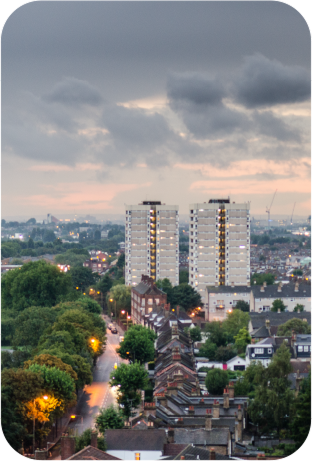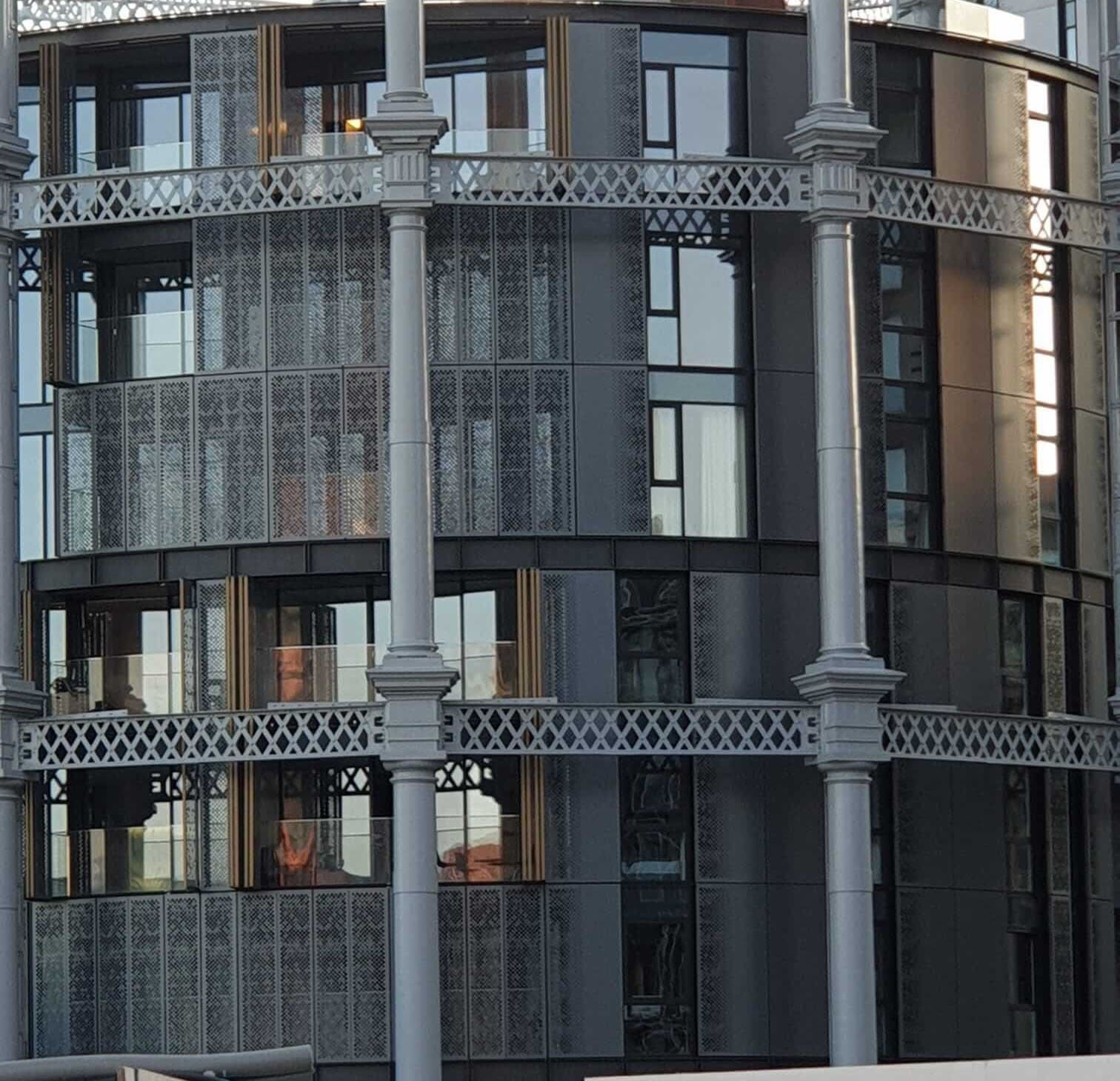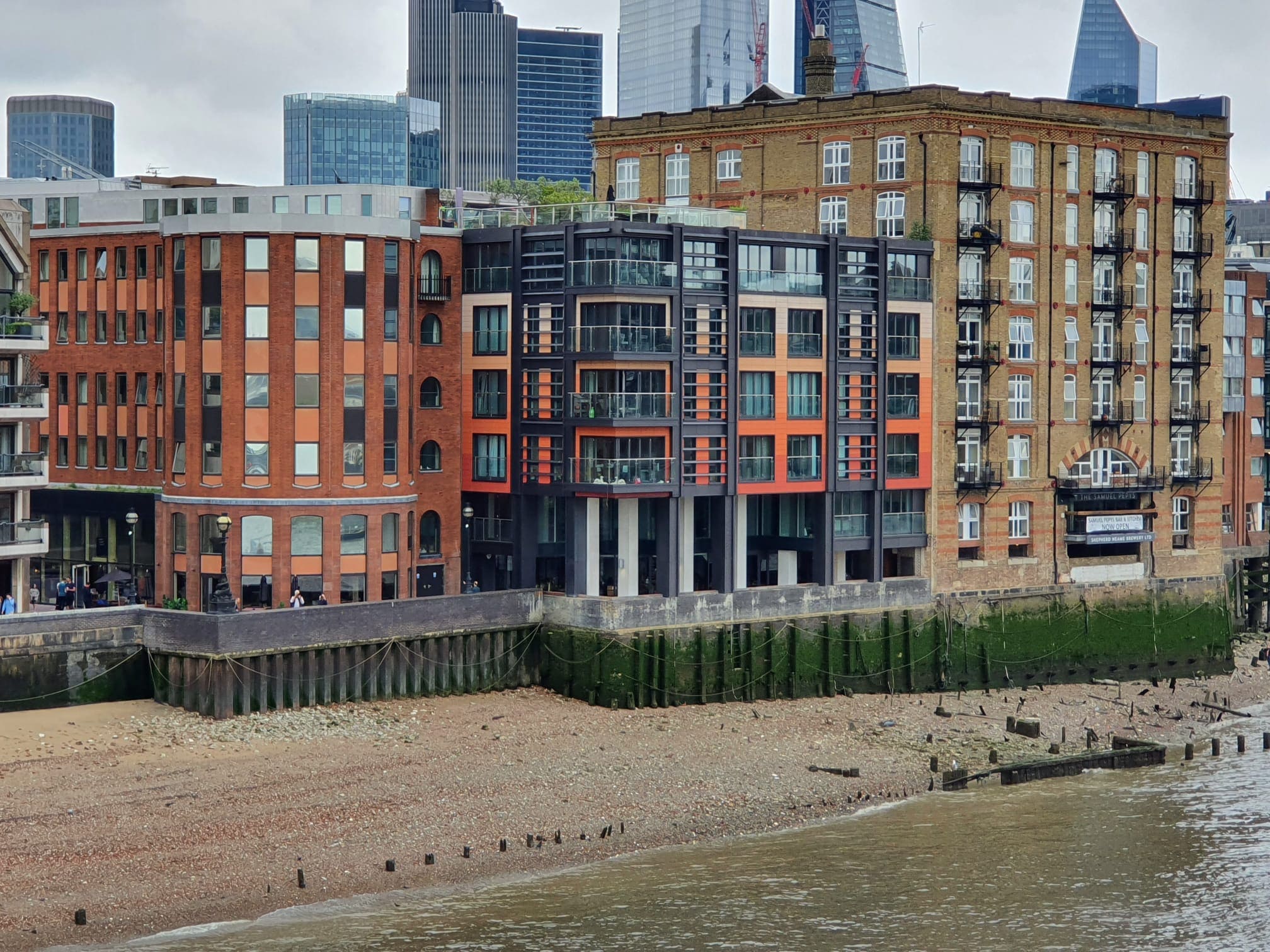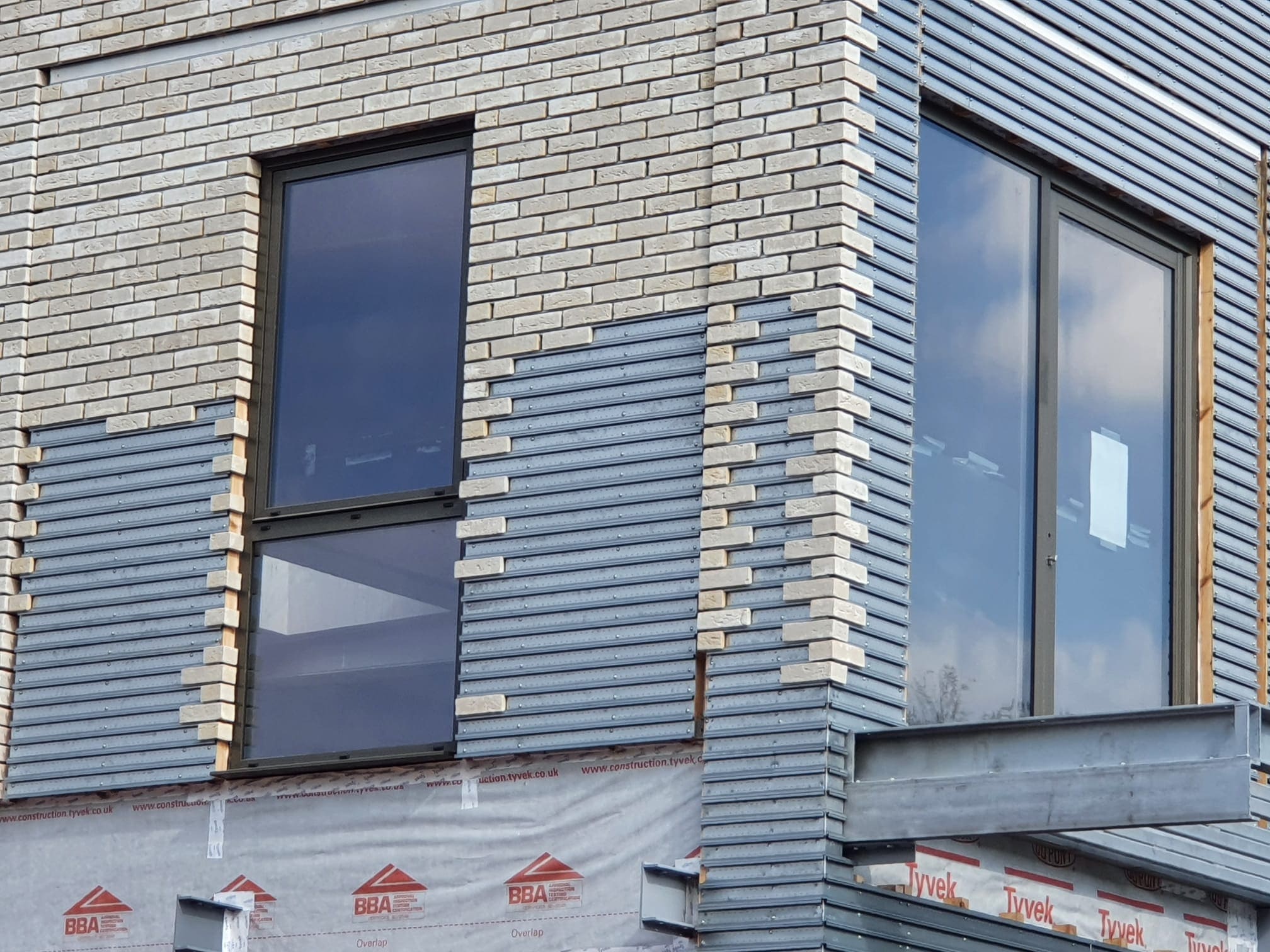16/07/2021
by: Mary-Anne Bowring/New Civil Engineer

Building Safety Bill
Government has today (5 July) published its Building Safety Bill which sets out significant changes to the way residential buildings should be constructed and maintained.
The proposals include implementing specific gateway points at design, construction and completion phases to ensure that safety is considered at each and every stage of a building’s construction, and safety risks are considered at the earliest stage of the planning process.As part of the extensive overhaul of building safety legislation, a Building Safety Regulator will oversee the reforms and will be responsible for ensuring that any building safety risks in new and existing high rise residential buildings of 18m and above are effectively managed and resolved, taking cost into account.These changes aim to simplify the existing system to ensure high standards are continuously met, with a ‘golden thread’ of information created, stored and updated throughout the building’s lifecycle, establishing clear obligations on owners and enabling swift action to be taken by the regulator, wherever necessary.The reforms aim to tackle bad practice head on, building on Dame Judith Hackitt’s review of Building Regulations and Fire Safety, which highlighted a need for significant cultural and regulatory change.
The importance of safety has been brought to the fore by several disasters in recent years, including the Grenfell Tower disaster which killed 72 people.Housing secretary Robert Jenrick said: “This Bill will ensure high standards of safety for people’s homes and, in particular, for high rise buildings, with a new regulator providing essential oversight at every stage of a building’s lifecycle, from design, construction, completion to occupation.
“The new building safety regime will be a proportionate one, ensuring those buildings requiring remediation are brought to an acceptable standard of safety swiftly, and reassuring the vast majority of residents and leaseholders in those buildings that their homes are safe.”
Under the new proposals, the government is more than doubling the amount of time, from 6 to 15 years, that residents can seek compensation for substandard construction work.
The changes will apply retrospectively, which means that residents of a building completed in 2010 would be able to bring proceedings against the developer until 2025. These reforms also include new measures which apply to those seeking compensation for shoddy refurbishments which make the home unliveable.
Dame Judith Hackitt said: “I am delighted that we have reached this important milestone for the Building Safety Bill. It is vital that we focus on getting the system right for the future and set new standards for building safety.
“Residents and other stakeholders need to have their confidence in high rise buildings restored and those who undertake such projects must be held to account for delivering safe buildings.”
Within the Bill
The Bill will include powers to strengthen the regulatory framework for construction products, underpinned by a market surveillance and enforcement regime led nationally by the Office for Product Safety and Standards (OPSS).
The national regulator will be able to remove products from the market that present safety risks and prosecute or use civil penalties against any business that breaks the rules and compromises public safety.
The Bill also contains measures to protect leaseholders by providing a legal requirement for building owners to explore alternative ways to meet remediation costs before passing these onto leaseholders, along with evidence that this has been done.
This builds on the government’s commitment to fully fund the cost of replacing unsafe cladding for all leaseholders in residential buildings 18m and over in England, with a £5bn investment in building safety. This is alongside the introduction of a new levy and a tax to ensure that industry pays its fair share towards the costs of cladding remediation.
Developers will be required to join and remain members of the New Homes Ombudsman scheme, which will require them to provide redress to a homebuyer, including through the awarding of compensation. Developers who breach the requirement to belong to the New Homes Ombudsman may receive additional sanctions.
“The introduction of the building safety regulator shows that the government is moving in the right direction in regard to building safety in the UK,” said Mary-Anne Bowring, group managing director at property management firm Ringley.
“Developers who are looking to join the New Homes Ombudsman scheme should be made to reach the key requirements of building safety before being allowed to join the scheme. We expect this to become a differentiator that great developers will want to embrace.
“For far too long now thousands of leaseholders have been trapped in unsafe apartment buildings across the UK and we’re hopeful that the government is finally starting on the correct path to tackling Britain's chronic problem with build quality.”
https://www.newcivilengineer.com/latest/building-safety-bill-signals-major-industry-reform-05-07-2021/?tkn=1
 1750
1750












Keep up to date
(Weekly, fortnightly or monthly)
To find out more what we do with your data, please read our Privacy Policy

 0
0












